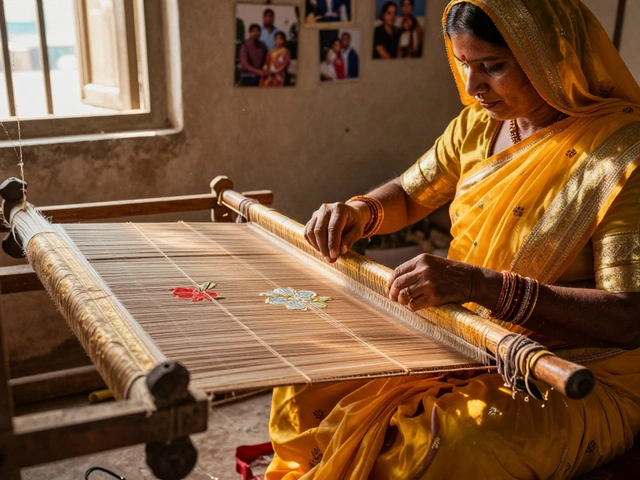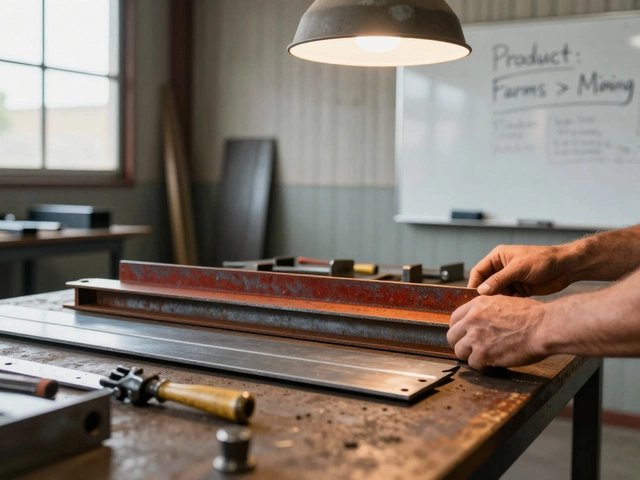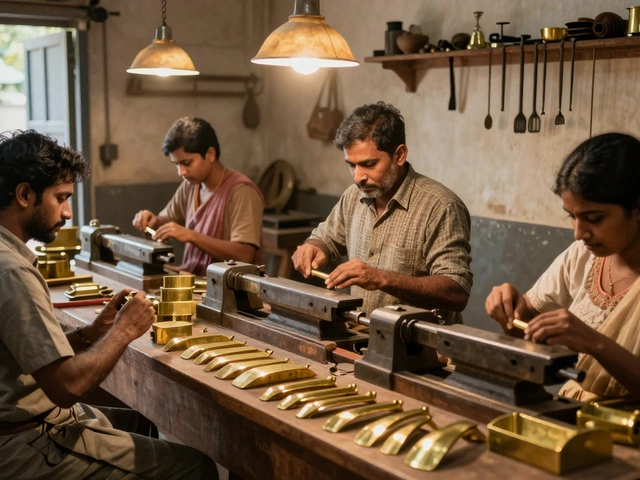Why is IKEA Only Present in Hyderabad?
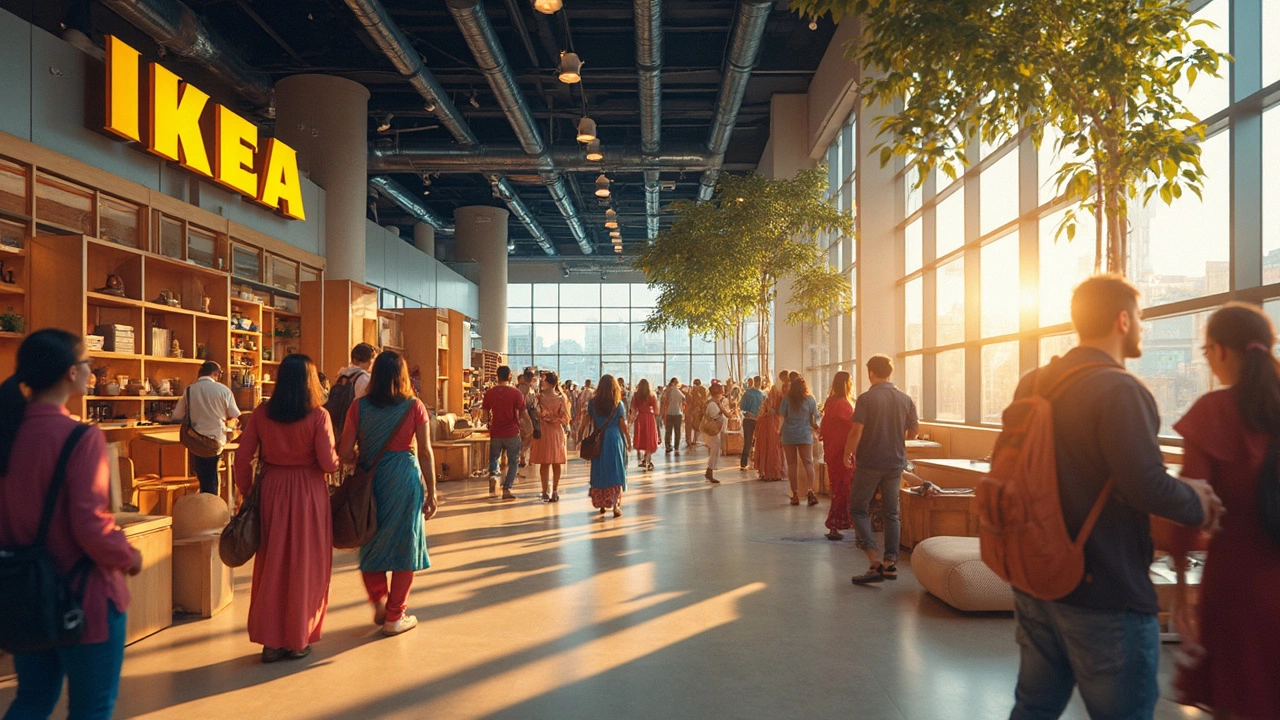
So, IKEA made its grand entrance into India and decided to hang around only in Hyderabad? If it has stirred your curiosity, you're not alone. Many of us wonder why this global furniture giant picked just one city in the vast, diverse landscape of India for its launch.
First off, IKEA chose Hyderabad not just for its Biryani or Charminar. It was all about a strategic testing ground. Hyderabad has a unique mixture of a growing middle class and urban infrastructure, making it a perfect spot for IKEA to dip its toes in the Indian market. They're not just selling furniture; they're testing the waters, understanding the market quirks, shopper behavior, and even the delivery logistics across this bustling metro.
What about the impact? Well, IKEA's presence did shake things up locally. The local furniture market has seen a real shift since IKEA's launch, from people queuing up for the iconic Swedish meatballs to businesses adapting to match IKEA's style and prices.
- IKEA's Hyderabad Debut
- Strategic Testing Ground
- The Local Market Impact
- Why Not Other Indian Cities?
- Future Expansion Plans
- Consumer Expectations
IKEA's Hyderabad Debut
Back in August 2018, IKEA made quite the splash by opening its very first store in India, and Hyderabad was the chosen city for this milestone. But why Hyderabad? It wasn't a random pick. The city offered the sweet spot that IKEA was looking for.
Hyderabad boasts a booming tech industry, which attracts a young, aspiring, and often international crowd—essentially the perfect audience for IKEA's affordable and chic designs. Plus, the city's steady economic growth provided a reliable backdrop for IKEA's debut.
Strategic Location
The Hyderabad store wasn't just plopped down anywhere. It was built in a prime location at HITEC City, a major tech hub that's easily accessible. This strategic positioning was critical to pulling in those tech-savvy consumers who value style and affordability.
Massive Launch
The store itself spanned a whopping 400,000 square feet, one of the largest globally, offering over 7,000 products. From the iconic Billy bookcase to plush carpets, the selection aimed to blend Swedish functionality with local tastes.
Opening Day Buzz
The opening day was nothing short of a spectacle. Crowds, some numbering in the thousands, lined up to be among the first to shop. The buzz wasn't just about the furniture; IKEA's in-store restaurant offered traditional Swedish fare, cleverly paired with local favorites like Biryani, giving shoppers more reasons to visit.
This debut was more than just opening doors; it was testing out how Indian consumers responded to the distinct shopping experience IKEA offers. The response shed light on the potential challenges and successes IKEA might face in this diverse market.
In all, starting in Hyderabad allowed IKEA to gauge its strategies in a controlled environment, learning the ropes before considering expanding to other Indian cities.
Strategic Testing Ground
When IKEA arrived in India, picking Hyderabad wasn't just a random pin on the map decision. Why Hyderabad? It all boils down to strategy and a deep dive into market dynamics.
Hyderabad is a bustling tech hub, often referred to as 'Cyberabad,' hosting a sea of IT companies and start-ups. This city has a sizeable urban population with increasing purchasing power craving for global brands. IKEA knew these young professionals and families would be perfect pioneers for its signature flat-pack furniture concept.
Understanding Consumer Preferences
Hyderabad provided IKEA with a fresh consumer base who were open to experimenting with new styles. IKEA aimed to figure out how their quirky, Scandinavian designs would mix with Indian tastes. They needed to check if the concept of self-assembly furniture would click in a market that's traditionally used to assembled solutions.
Logistics and Distribution
The city’s location was another tick in the box. Hyderabad is well-connected by road, rail, and air, ensuring efficient logistics. Setting up here allowed IKEA to tackle delivery challenges and refine their supply chain before considering an expansion. After all, transporting flat packs isn't like delivering your average curry!
Success Metrics
- Evaluate sales volume and product reception.
- Adjust marketing strategies based on consumer feedback.
- Enhance store services through customer insights.
What's interesting is the role Hyderabad played as a trial run not only for products but also for the on-ground operations, influencing the decision-making threshold for entering further Indian markets.
| Hyderabad Advantage | Details |
|---|---|
| Population | Over 6.8 million |
| Average age | 27 years |
| Tech Presence | Thousands of tech companies |
This ongoing experiment could shape how IKEA proceeds with its plans to furnish homes across the rest of India, while mastering a balance between European minimalism and Indian vibrancy.
The Local Market Impact
When IKEA first set up shop in Hyderabad, it wasn't just another store opening; it was a game-changer for the local furniture scene. With its sleek, DIY style, IKEA brought something fresh to the table, shaking up a market that was largely dominated by traditional furniture stores.
A noticeable shift? Absolutely. Local businesses had to quickly rethink their game. The idea of flat-packed, self-assembled furniture was new, and it awakened a desire for affordable yet stylish options among the young urban crowd. Not only did this inspire competitors to innovate, but it also led many to offer more competitive prices and styles.
Boosting Local Economies
Interestingly, IKEA's presence also created a ripple effect on the city's economy. Jobs were created, not just in sales, but in logistics and customer service. IKEA even sourced many materials locally, giving a shout-out to Indian craft and resources.
“The introduction of IKEA in Hyderabad has broadened the options for consumers and has encouraged local manufacturers to raise their standards,” said Vishal Gupta, a retail market analyst.
Cultural Influence
The cultural impact shouldn't be ignored either. IKEA's store visits became a weekend outing for families—people were not just buying furniture; they were experiencing a lifestyle. The cafe serving Swedish delicacies became a popular hangout spot.
This transformation hasn't gone unnoticed in the broader Indian market. Other cities are watching, analyzing the success in Hyderabad as a potential template for welcoming IKEA into their own local economies.
It’s not just about buying a table or a chair; it’s about embracing a new way of living that is functional and affordable. And who knows, maybe this successful model will soon pop up in other Indian metros!
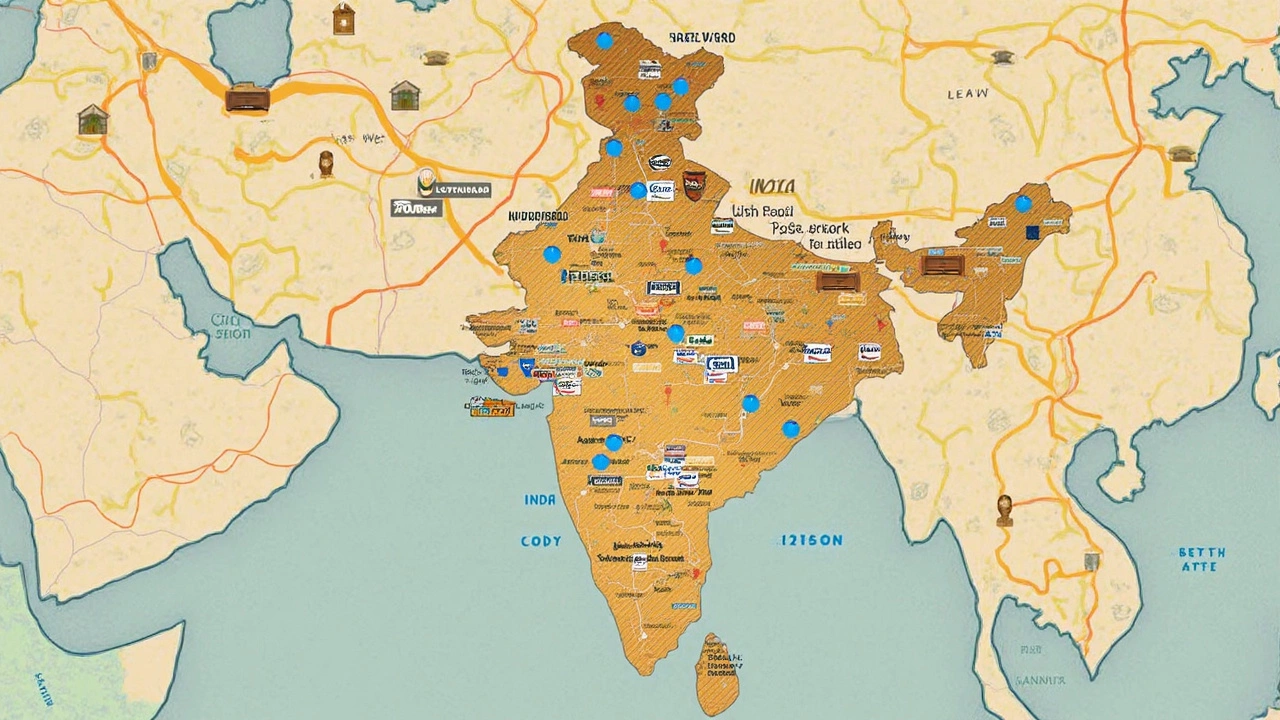
Why Not Other Indian Cities?
So, if Hyderabad's got its own IKEA, what about the rest of us in India? It might seem odd that cities like Delhi, Mumbai, or Bengaluru aren't seeing those yellow and blue signs yet. IKEA's approach, though, isn't as random as it seems.
IKEA India's strategy involves setting up shop in areas where they can really dig into local consumer behavior. Hyderabad's perfect blend of affordability and infrastructure allows them to tweak their operations without diving head-first into a mega-market challenge right away.
Now, let's consider overheads. Real estate and operational costs are sky-high in metropolitan hubs like Mumbai and Delhi. On the flip side, Hyderabad's relatively lower setup costs make it ideal for starting out. It’s easier to refine logistics and store operations before aiming for the costly urban giants.
IKEA is known for its massive store formats, which demand significant space—a luxury not always easy to come by in India's metro cities. In Hyderabad, they found both space and a rapidly urbanizing market eager to adopt something new.
Market Experimentation
The company isn't just looking to sell within city limits. They're using Hyderabad as a laboratory of sorts. A thousand variables need real-time tuning—supply chains, local sourcing, consumer preferences. Tackling these factors in a controlled environment prepares them for potential challenges in more complex markets.
Future Expansion Plan is definitely on the cards. IKEA isn't shying away from India; they're simply planning their next big move cautiously. Reports and plans have hinted at expansion, with Pune, Bengaluru, and even the capital, Delhi, on their radar.
Consumer Data Analysis
Local tastes and preferences vary greatly from one city to another. This meticulous approach helps maintain brand quality while keeping an eye on customer satisfaction and market growth.
In short, it’s all about strategically pacing a precise and informed expansion. It’s only a matter of time until we see IKEA expanding across India. Meanwhile, each visit to the Hyderabad store is shaping that future.
Future Expansion Plans
Alright, let's talk about what the future might hold for IKEA India. Are they eyeing more cities or what? The buzz is definitely out there, with folks starting to speculate about where IKEA might pop up next.
First off, it's important to understand that venturing into a country as vast as India isn't just about opening a bunch of stores overnight. It's a calculated move. Right now, IKEA isn’t in a rush; they're gauging the market in Hyderabad, assessing what works and what doesn’t. It's all about strategic growth rather than just spreading thin.
Next Possible Locations
Rumors suggest that cities like Bangalore, Mumbai, and Delhi could soon have their own IKEA stores. Why? Simple— these metropolitan areas have a massive consumer base that craves stylish yet affordable furniture. Plus, the urban setup in these cities provides logistical advantages similar to Hyderabad. But nothing has been officially confirmed yet, at least as of this date.
Online Expansion
While they’re taking their time with physical stores, IKEA is making moves online. Their e-commerce platform is gradually expanding, letting people from other cities access products even without a local store. They believe this will help understand the diverse tastes of Indian consumers.
Learning from Hyderabad
The Hyderabad store acts like a feedback loop. The insights they gain here are invaluable. From customer service tweaks to what furniture designs are a hit, it all helps shape future plans. It's like the launchpad for spreading IKEA's wings across India.
Challenges Ahead
Of course, it's not all smooth sailing. The challenges like real estate prices, local regulations, and even customizing products to cater to specific Indian needs require thoughtful consideration. But if there’s anything IKEA is known for, it's their adaptability.
So, while all signs point to a promising future for IKEA's expansion in India, patience seems to be their game. They're ensuring they craft their path thoughtfully and strategically—watch this space!
Consumer Expectations
When it comes to IKEA Hyderabad, people have some pretty high hopes. Consumers in India, particularly in the Hyderabad area, are curious about what shopping at IKEA means in terms of quality, price, and the overall buying experience.
Indian shoppers are looking for an experience that blends convenience with diversity in products. They expect high-quality furniture at competitive prices, but they also want something that's a bit different from the typical Indian offerings. IKEA's reputation for sleek, modern, and affordable furniture comes with the expectation that the setup will cater to local tastes while maintaining its Swedish charm.
Winged E-commerce Presence
One big expectation is e-commerce. Since online shopping has exploded in India, many hope IKEA will offer a robust platform parallel to their in-store experience. A streamlined online presence means shoppers can browse thousands of items from the comfort of their homes. This is crucial for a city like Hyderabad, where traffic can be a hassle and not everyone lives close to the store.
Customization Options
Another trend catching on in India is the desire for personalized products. Consumers would love the option of customizing their purchases to fit their unique living spaces. Whether it’s altering colors, materials, or dimensions, the ability to tweak design might set IKEA Hyderabad apart in the consumer's eyes.
After-Sales Support
Let's not forget the importance of solid after-sales service. Shoppers expect IKEA to provide assistance, from easy returns to support for assembly issues. The famous IKEA assembly challenge could be intimidating for some, so having a reliable helpline or even in-person assistance would go a long way in building trust with the Indian customer base.
Overall, with these hopes and dreams, the conversation isn't just about buying furniture; but about redefining what furniture shopping could mean for the Indian market. As IKEA India's market trial deepens, consumers wonder if their expectations will push IKEA to expand beyond Hyderabad and address a broader market.



